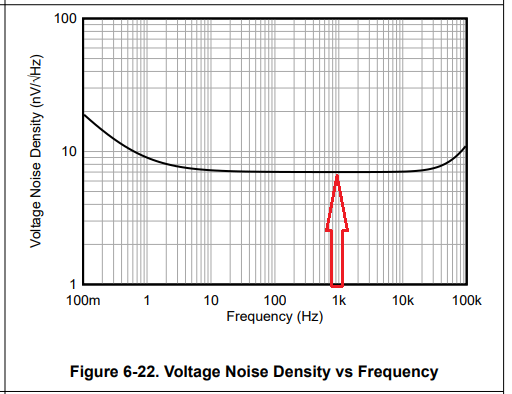Hello team,
OP2177 specifies max voltage noise density at 1kHz. Do you have any data to consider max value of it for OPA2205?
If there is variation data such as mean and sigma it would be helpful.
Best regards,
This thread has been locked.
If you have a related question, please click the "Ask a related question" button in the top right corner. The newly created question will be automatically linked to this question.
Hello team,
OP2177 specifies max voltage noise density at 1kHz. Do you have any data to consider max value of it for OPA2205?
If there is variation data such as mean and sigma it would be helpful.
Best regards,
Sato-san,
Whenever a maximum voltage noise density is specified for an operational amplifier product that is an assurance that maximum level will not be exceeded by any device. Such a specification is most often assured by production testing which involves a lengthy and expensive tests. Price pressure for most precision op amps does not allow such testing to be included as part of their test flow and not specified for the OPA2205.
The OPA2205 voltage noise datasheet "typical" specification is based on a characterization test performed on a small quantity of devices from the earliest product silicon. The lots from which they come are intended to represent the process center so the noise will be that of a typical OPA2205 lot. Since this a a snapshot of the noise at that time it is not possible to establish what the maximum noise will be. Only after many lots have been produced and tested over time might one be able to establish a statistically based maximum. Since hasn't been the case for the OPA2205 no maximum voltage noise number can be provided by TI.
Regards, Thomas
Precision Amplifiers Applications Engineering
Adding to Thomas' comments, even though we do not test OPA2205 noise in the production, the broadband spectral density noise is a square-root function of the gm of the input stage and as such varies with the wafer fab process sheet resistance. For this reason, it can be expected to change by up to +/-15% from its 7.2nV/rt-Hz typical value.
Therefore, the OPA2205 input voltage noise spectral density at 1kHz may be anywhere between 6.1nV/rt-Hz and 8.3nV/rt-Hz.
